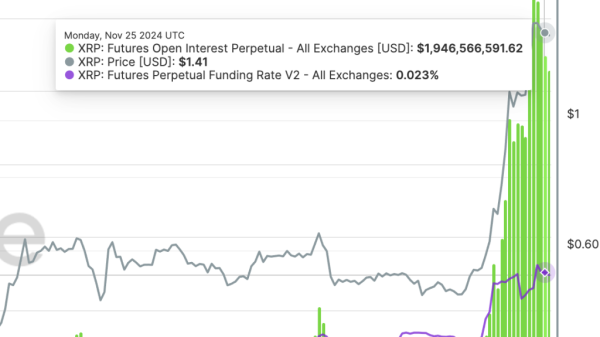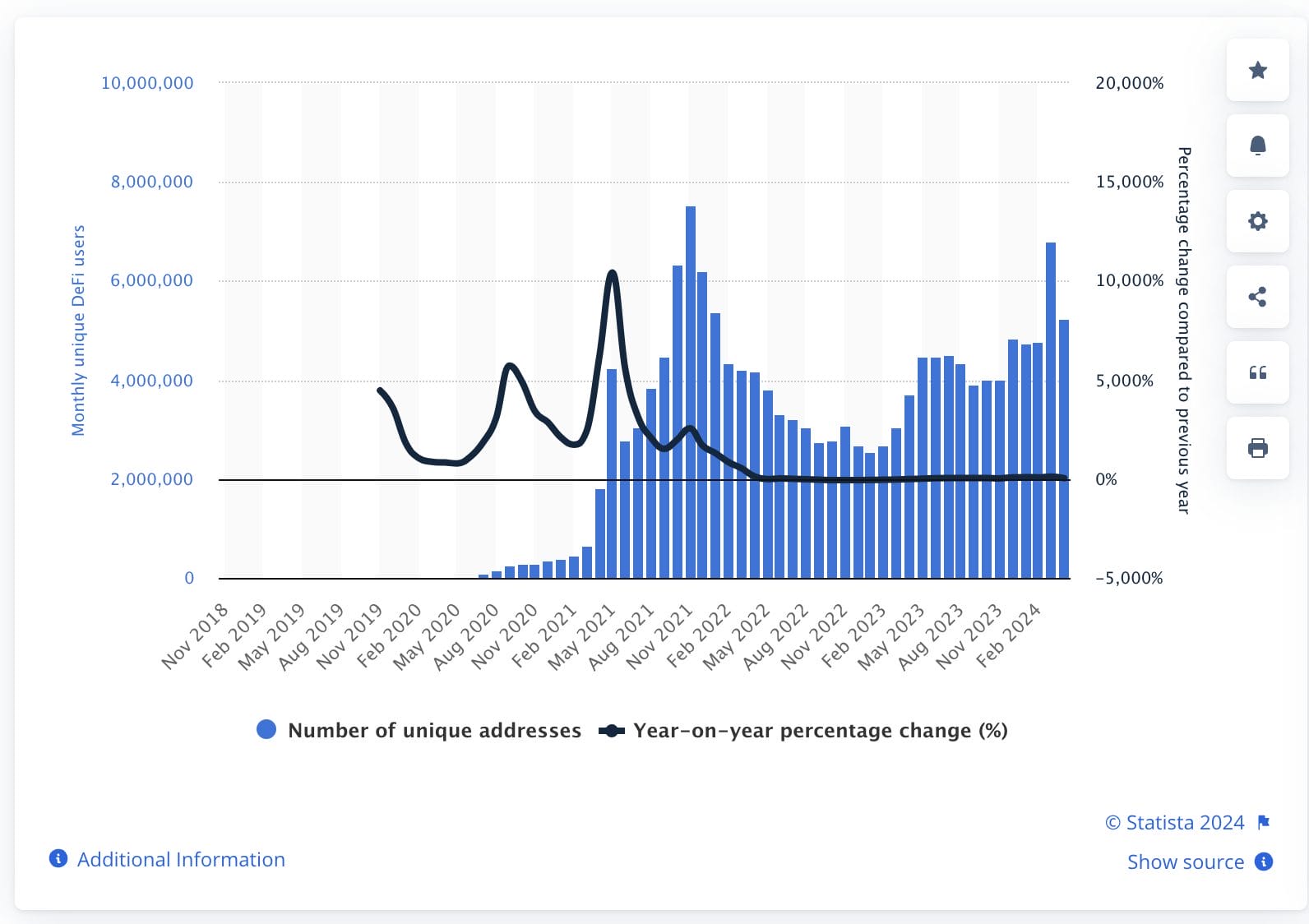Decentralized Finance (DeFi) was originally coined to have a wealth of potential to the consumer who wants to ensure they have more financial independence. Yet, its adoption is still lacking and there are a few telltale reasons.
One of the main challenges in DeFi adoption is the inherent complexity of the technology. Traditional finance is infamously complicated in itself; however, it is nowhere near as complex as delving into blockchain technology. The concept of private keys, various tokens and complex algorithms can be daunting to the average consumer unfamiliar with the blockchain industry. Furthermore, for users to partake in DeFi, they need a certain level of technical knowledge, enough to comprehend the risks involved and make confident decisions relating to their finances.
Another hurdle comes with the impenetrable nature of DeFi protocols. Though beneficial for added security and control, this requires a steep learning curve for consumers unfamiliar with blockchain’s mechanics. The absence of intermediaries in DeFi places the burden on the consumers, making it necessary for them to learn how to secure their assets. Unfortunately, not everyone has the time, patience or willingness to take up this responsibility.
The volatility and instability of cryptocurrencies also cannot be overlooked. By eliminating the constant price volatility and the suspense of whether assets will retain their value, DeFi could become much more appealing and less risky to the average user.
Most importantly, the current regulatory landscape for DeFi is ambiguous at best. Regulatory bodies across the world have vividly noted their concerns about the potential misuse of these platforms for illegal activities such as money laundering. This uncertainty scares many potential users away, as they fear potential legal consequences or a sudden shutdown of the services they rely on.
In response to these challenges, a number of solutions are being pursued. First, efforts are underway to simplify the interfaces involved with engaging in DeFi. Developers are investing time and resources into making these platforms more user-friendly and less complex, allowing users of all technical levels to get involved.
Another approach is emphasizing the education of potential users. By informing them about the benefits and downsides of the technology, it can help in making confident decisions.
There are also efforts to stabilize DeFi coins by pegging them to stable assets like gold or USD. These ‘stablecoins’ provide the benefits of DeFi without the excessive volatility. On the regulatory side, there’s a push towards obtaining legal clarity and establishing guidelines that protect users without stifling innovation.
Despite the meandering development of DeFi, its potential is undeniable. Even though it is experiencing hurdles currently, the transformative power of DeFi guarantees its continuation in reshaping the financial landscape.






























